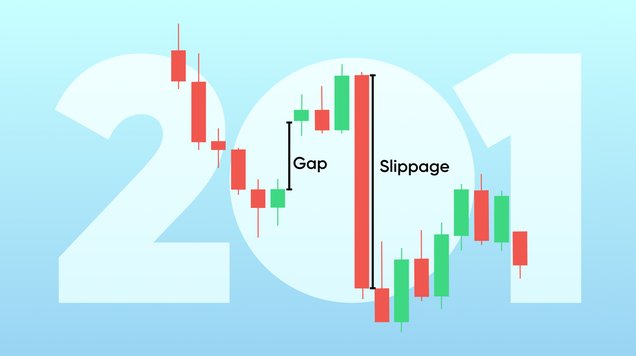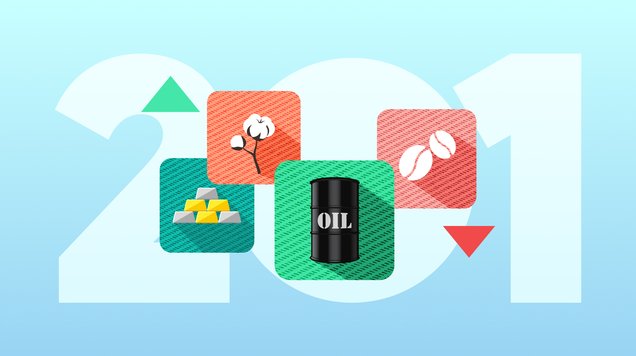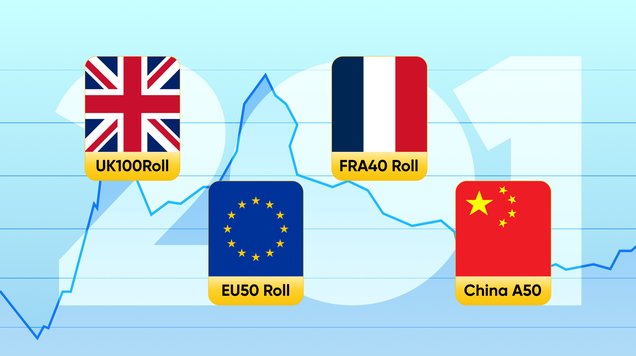Optimise your trading: Calendars
Learn how to optimise your trading with a well-planned calendar that helps you to anticipate market moves and time your trades.

Trading calendars are a tool that allow traders to plan trading strategies based on upcoming events and market conditions
Well-optimised trading calendars can help you capitalise on economic events and seasonal trends
Economic calendars track key events, macroeconomic indicators, and announcements worldwide
Essential elements found in economic calendars include event descriptions, release times, country information and importance levels
How to optimise your trading calendar
There are several ways to help you plan your trades and set realistic goals, and optimising your trading calendar is one of them. A trading calendar can help you anticipate and identify opportunities and risks in financial markets, ensuring that you are prepared to enter and exit trades at the most ideal times.
An economic calendar composes the majority of a trading calendar. Economic calendars are a tool used by traders, investors, and economists to track and monitor important economic events, indicators, and announcements that can potentially impact financial markets.
They provide a schedule of upcoming releases of key economic data and events from various countries around the world. These events can include government reports, central bank announcements, and other economic indicators that offer insights into the health and direction of a country's economy.
You can find economic calendars on various financial news websites, trading platforms, and specialised financial portals. A full economic calendar will also help you filter events by economies or impact-level.
Holiday hours and market closures are other key elements that traders should include in their calendar, as they can affect your trades and impact trading fees. Recurring trends and patterns that can be observed in financial markets during specific periods of the year can also be added to the calendar.
Key events in an economic calendar
Economic calendars contain information of various events that affect markets, including data releases, financial reports and central bank announcements. Here are examples of the events included in an economic calendar.
Interest rate decisions: Announcements from central banks regarding changes to the benchmark interest rates.
Employment reports: Data on job creation, unemployment rates, and other labour market indicators.
Gross Domestic Product (GDP): The total value of goods and services produced by a country's economy.
Inflation reports: Measures of consumer price inflation, such as the Consumer Price Index (CPI) or Producer Price Index (PPI).
Retail sales: Data on the sales of goods and services by retail establishments.
Trade balance: The difference between a country's exports and imports.
Manufacturing and services PMI (Purchasing Managers' Index): Surveys that provide insights into the health of the manufacturing and services sectors.
What’s included in an economic calendar?
Economic calendars will provide information about key events as well that might help you trade more successfully. Let’s have a look.
Event description: A brief description of the economic event or indicator that is scheduled to be released.
Release time: The specific time when the economic data or announcement is expected to be made public.
Country: The country that is releasing the economic data or hosting the event.
Importance level: Some economic calendars assign importance levels to each event, indicating the potential impact on the financial markets. Common categories include low, medium, and high importance.
Previous and expected values: The previous value of the economic indicator and the consensus or expected value for the upcoming release.
Actual value: The actual value of the economic indicator once it is released, providing a comparison with the expected value.
Revisions: In some cases, economic indicators are revised after the initial release, and these revisions may be noted in the calendar.
Benefits of trading calendar optimisation
An optimised trading calendar offers numerous advantages. It facilitates better decision-making by aligning your activities with market opportunities and potential risks. Additionally, it fosters adaptability, allowing you to navigate changing market conditions with greater ease.
Traders and investors use calendars to plan their trading activities, adjust their portfolios, and manage risk around major economic events.
By staying informed about upcoming releases, market participants can be better prepared for potential market movements and volatility associated with new economic data and protect their capital and trades with correct actions, such as opening or closing positions or applying risk management tools.
Remember that a trading calendar is a great tool to support your trading decisions, but traders should never just rely on one tool but use a mix of tools and analysis techniques to plan and execute their trades.









